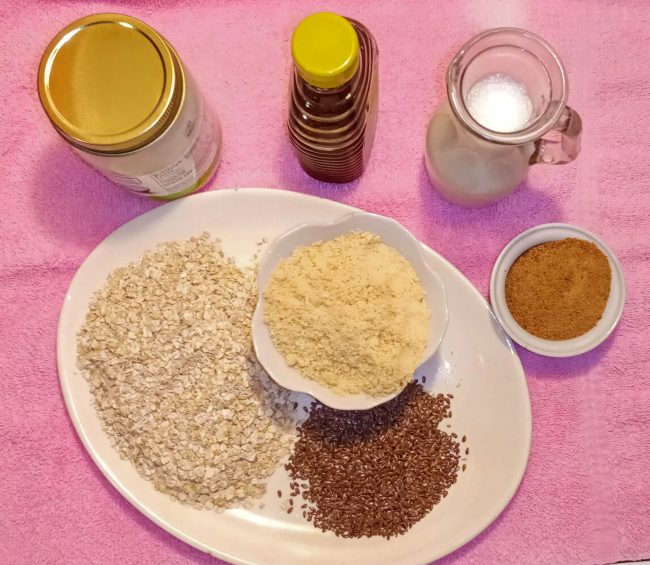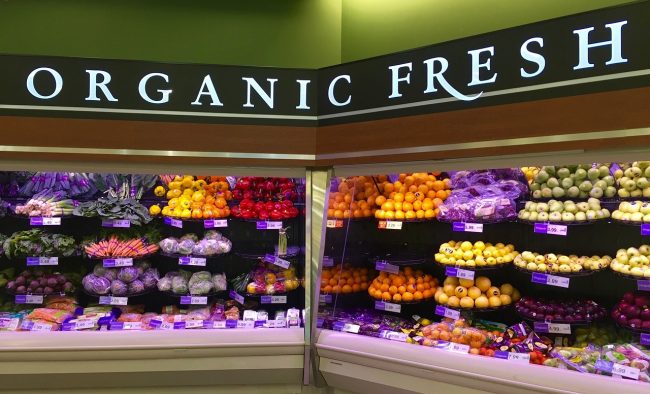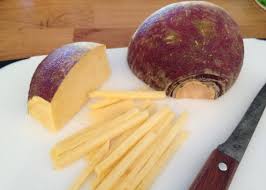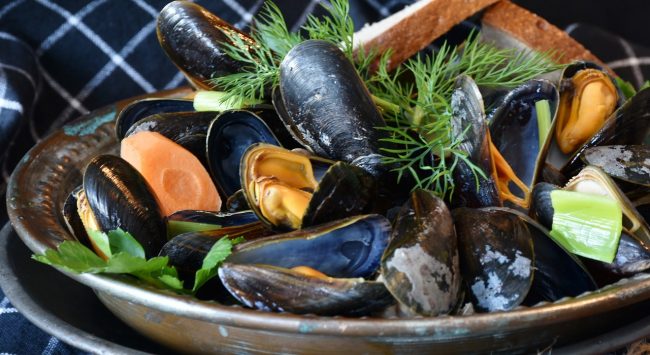Weathering the COVID-19 Storm
I debated about posting another PSA but after hearing a few encouraging words this morning, I thought why not?
While the major news sources are set on keeping us aware of death tolls, I was happy to see in a local paper that the first three Marylanders to contract the coronavirus have fully recovered.

Usually this time of the year we’re watching for reports of snow. How much, how wet, how icy, … But this winter we have a storm of a different sort; and the test of disaster preparedness is ON, big time.
Every time snow is forecast, the stores fill with people who have an inordinate need for bread and toilet paper. Just those things, apparently.
A friend who went to a store this morning reported there was nothing in the bread aisle except a package of hot dog buns. I was in the same store three days ago and those bread shelves were being stocked completely full.
I wonder if the shelves in the same aisle with the nut butters and jellies are empty, too. All that bread…
Beyond the Bread Aisle
Stores are striving to stay open right now, so, thinking beyond the milk-bread-toilet paper mindset, there are probably still things to fill your basket like:
- meat or fish
- dried fruit
- honey
- nuts
Yes, that’s a recipe for pemmican. Other recipes you could bring home:
- oatmeal
- flour (wheat, buckwheat, almond, banana, corn)
- flax seed/meal
- coconut/avocado oil
- baking soda
- coconut sugar
- agave or honey
- plant-based milks (almond, banana, cashew, coconut, hemp, oat, soy, walnut)

A few core ingredients like these can keep you in bread, crackers, cookies, and things. You’ve got time, BAKE! Put those dried herbs and last summer’s preserved harvest to work.
Beans and Grains
High in fiber and protein, beans store well and are filling. And the latest thing is cereal made from beans. Ready to DIY that?
Of course, rice and other grains can be milled and used to make bread, crackers, etc., etc. If you haven’t already, investing in a food mill or even a powerful coffee grinder that could do double duty might be worthwhile if you’re interested in really baking from scratch!
Take Pity on the Produce Section
If your garden’s harvest is running low, or you’re a beginner gardener, why not prevent food waste in your community by bringing home a basketful from your local store’s produce section?

While you may be inclined to pick up bananas or splurge on papaya, try the dates too. According to LiveStrong, these three fruits boost levels of serotonin, the ‘happiness chemical’ that also helps with mood, cognition, digestion, and concentration.
The rutabagas are likely sitting there looking lonely. This unassuming root veggie has a lot of the nutrients a stressed body needs, like

- manganese
- potassium
- thiamin
- vitamin B6
- magnesium
- phosphorus
After reading up on it and trying the recipes from Mercola.com, you may find yourself making room for rutabaga in this year’s garden.
Produce Section as Garden Starter
While you’re doing a good deed for your community by emptying out the produce section, you could benefit yourself. Growing plants from an existing fruit or vegetable can be a great money-saver and, since you’ll be home anyway, why not start planning your garden and getting plants ready to go into the ground?
For tips on starting a garden that way, check out this YouTube video from Jag of Daisy Creek Farms:
What’s great about this vid is that you can start many of these veggies in containers, even grow them entirely in containers. And, before you ask why grow carrots just for the leaves? it’s because:
- They are edible. But some may be allergic to them as they are to the nightshade family (eggplant, potatoes) which are high in nitrates and alkaloids.
- They’re rich in a variety of nutrients including chlorophyll, potassium, vitamin A, vitamin C, beta carotene, magnesium, zinc, and iron.
- The myth about carrot leaves being poisonous comes from people mistaking wild carrot for hemlock. Purchasing organic carrots from the store should allay any fear of that mix-up and of contamination from pesticides.
Check out more info on these unsung nutrient heros at the Carrot Museum. Yes, seriously.

Other Aisles
See the seafood department, frozen section, or canned goods for oysters, clams, and mussels. Shellfish like these are chock full of B vitamins which are so important for stress reduction and mood-boosting. Complement them with your herbs and preserved veggies.
Sardines, herring, mackerel, and salmon in tins and packets are probably among your emergency supplies already, right? Snacking on these are a great source of omega-3s, also beneficial for joints, skin, memory…
An Absence of Alcohol
“For disinfection, diluted household bleach solutions, alcohol solutions with at least 70% alcohol, and most common EPA-registered household disinfectants should be effective.”
The stores may be bare of alcohol and bleach but let’s focus on the last part of that statement: EPA-registered household disinfectants. There’s a PDF of products that are thought to be effective against this and other tenacious viruses.
But for basic cleaning, DIY solutions use a few basic items like
- white vinegar
- baking soda
- borax
- essential oils
And, of course, the most basic cleaning strategy of all is soap, running water, and 20 seconds.
Cultivating a Positive Mindset
In this blizzard of grim news sprinkled with a few rays of good news, here’s a list of things we can do to weed out overly anxious thoughts:
- Keep in touch with friends, family, fellow worshippers, coworkers, and neighbors and –
- Share a positive thought, scripture, proverb, or something from your own deep thinking (lol).
- Apply the strategies for combating SAD, especially the nutrients, the foods, and the scents.
- Eat well.
- Exercise.
- Keep a gratitude journal.
And don’t forget to
- Clean well and often (hands, knobs, handles, electronic devices, countertops,…)
- Maintain a schedule. Don’t just get lost online or binge-watching. This could be a good time for all those ‘when I have some time’ things, like those courses on Udemy or Coursera.
- Finally get to those snowed-in projects that have sat untouched for years. I think I’ve forgotten what mine were, but no matter, there’re some new ones I can think of, without even trying hard. What about you?
We may be thinking 20 inches of wet snow would be preferable, however, COVID-19 is the storm that’s been dumped on us.
But it can be weathered. And soon it will be time to get out and garden.
Take care. And feel free to share your coping strategies in the comments below.